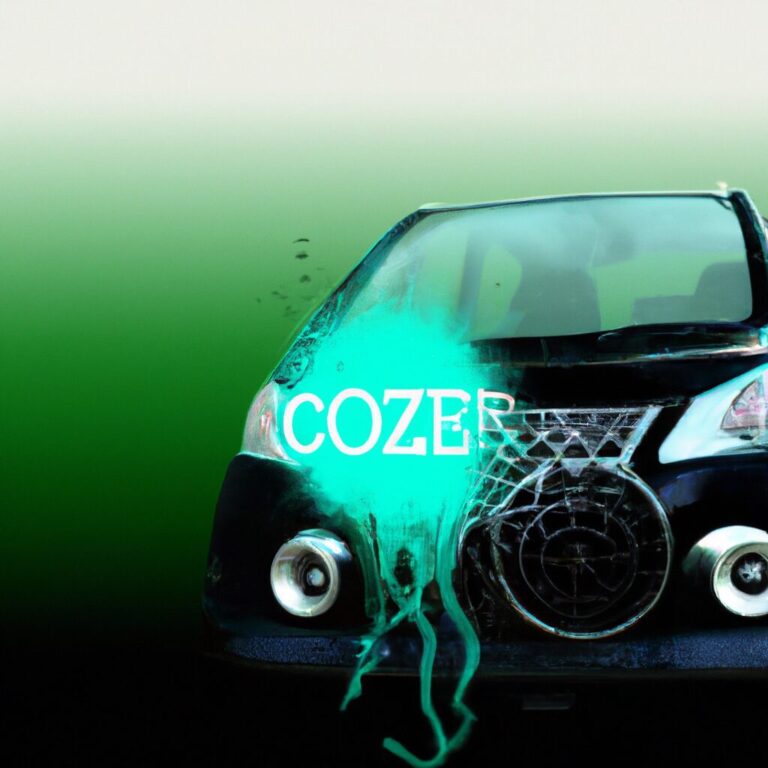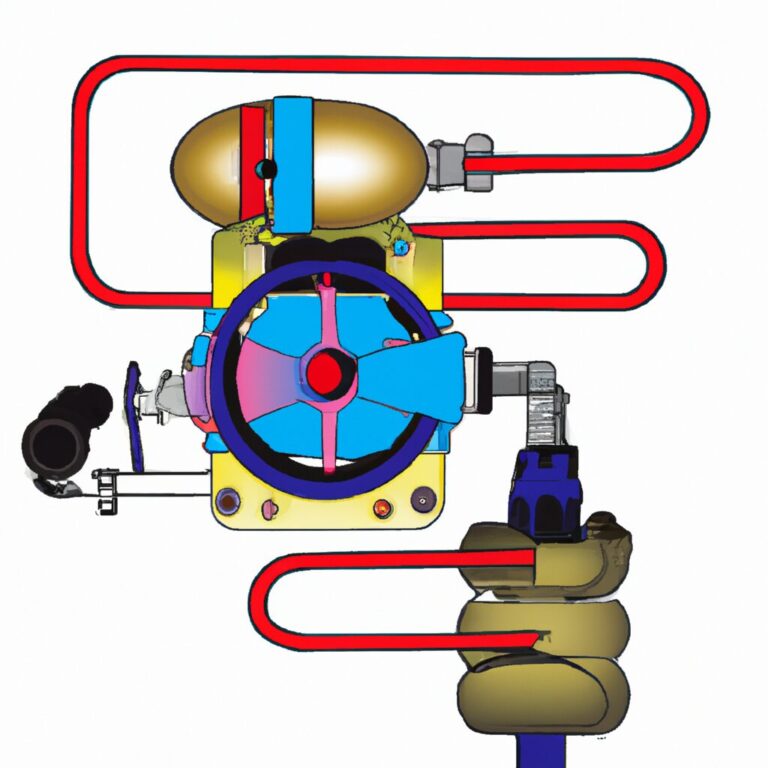Caveats of Carbon Solvents
Acetone has a shallow boiling point at 56°C/132°F, so the evaporation is targeted to be done in an open container or with fan assistance. Acetone can quickly become oxidized with exposure to air, requiring gloves and safety goggles when handling it. These precautions apply to all carbon solvents.
Are carbon solvents are flammable?
All carbon solvents are flammable, so precautions should be taken during evaporation or solvent recovery. Carbon Solvents can cause irritation of the nose, throat, and upper respiratory tract if a person breathes them in as a mist or vapor. Symptoms may include watery eyes, burning in the nose and throat, coughing, or trouble breathing. In severe cases: swelling of the larynx and even death from asphyxiation may occur.
Carbon solvents can irritate skin and cause redness and pain if someone touches it with their bare skin (i.e., not wearing gloves). Prolonged skin contact can dry out and damage the skin. In severe cases: skin burns, blistering, and loss of skin tissue may occur.
Are Carbon Solvents are flammable?
Carbon Solvents are flammable; do not use a near-open flame or excessive heat because they can cause vapors to ignite and explode.
What happens carbon solvent gets into the eyes?
If any carbon solvent gets into the eyes, wash them instantly with water for a minimum of 15 minutes with your eyelids open. If irritation continues, get medical attention directly. How Can Carbon solvents damage the respiratory system?
Carbon solvents can irritate the respiratory system if inhaled so avoid breathing vapors or mists and wear appropriate respiratory protection, including a properly fitted air-purifying respirator (APR) with high-efficiency particulate air (HEPA) filter(s) or an air-supplied respirator with suitable gas/vapor (G/V) cartridge(s).
Such cartridges may include, but are not limited to, organic vapor cartridges and high-efficiency particulate air filter cartridges.
If any carbon solvent is ingested, do not induce vomiting; immediately call the Poison Control Center at 1-800-222-1222 and seek medical attention.
Always store carbon solvents in their original labeled containers tightly closed, in a cool, aerated place away from direct sunbeams or other heat sources of ignition such as an appliance pilot light or open flame. Keep the area around the container free from all heat, sparks, open flames, and other ignition sources.
What Safety Measures You Should Follow
Carbon deposit solvents break down the carbon particles attached to engine components like pistons and valves. When these engine parts become dirty with many carbon deposits, they can cause problems by building up in places, so typical working is impossible. This problem is common enough for people who have come up with ways of dealing with it.
What Kind of Usage Precaution Should be taken?
Carbon cleaning is done using hot water with some solvent to stop the carbon from adhering to the parts again. Solvents are available in many forms, including liquid, gel, or aerosol. So how do you know which one to use? Ask your mechanic because methods work better for some parts of the engine than others.
When you want to remove carbon deposits on your car, make sure it is raised off the ground, and there is enough room below where you can work. The hood must be opened fully because you will need full access; chock the wheels, block any nearby drain holes, and shift the car into neutral. These are essential safety precautions you should always take when working under the hood.
Clean your engine by running hot water or steam through it using a hosepipe and then leave to dry completely before starting it up again. Many people prefer to use solvents instead, but they work differently than hot water/steam, so follow the instructions on the bottle carefully.
Never smoke while handling carbon solvents or when near open containers of carbon solvents.
Keep all breakable materials (e.g., glass bottles) away from where carbon solvent is being used; keep the area around your workspace well-ventilated.
Carbon Solvents are considered hazardous; they must be kept out of the reach of children.
Used carbon solvents cannot be poured back into any container not explicitly labeled for that solvent (e.g., acetone is typically found in nail polish remover); they can damage or ruin other containers and contaminate the solvents in them.
Dispose of carbon solvents per state and federal regulations. Ask your local waste disposal agency for proper procedures for solvent disposal in your area or a hazardous/chemical waste disposal company.
There are many different types of cleaners or degreasers on the market. Some work better than others, depending on what is being removed.
Without a doubt, the best carbon solvent cleaner out there is All Power America AP-1051. With this product, you can remove carbon from engines and exhausts with ease.
It is important to note that removing the carbon deposits will wreak havoc on your vehicle’s engine if you do not remove it.




